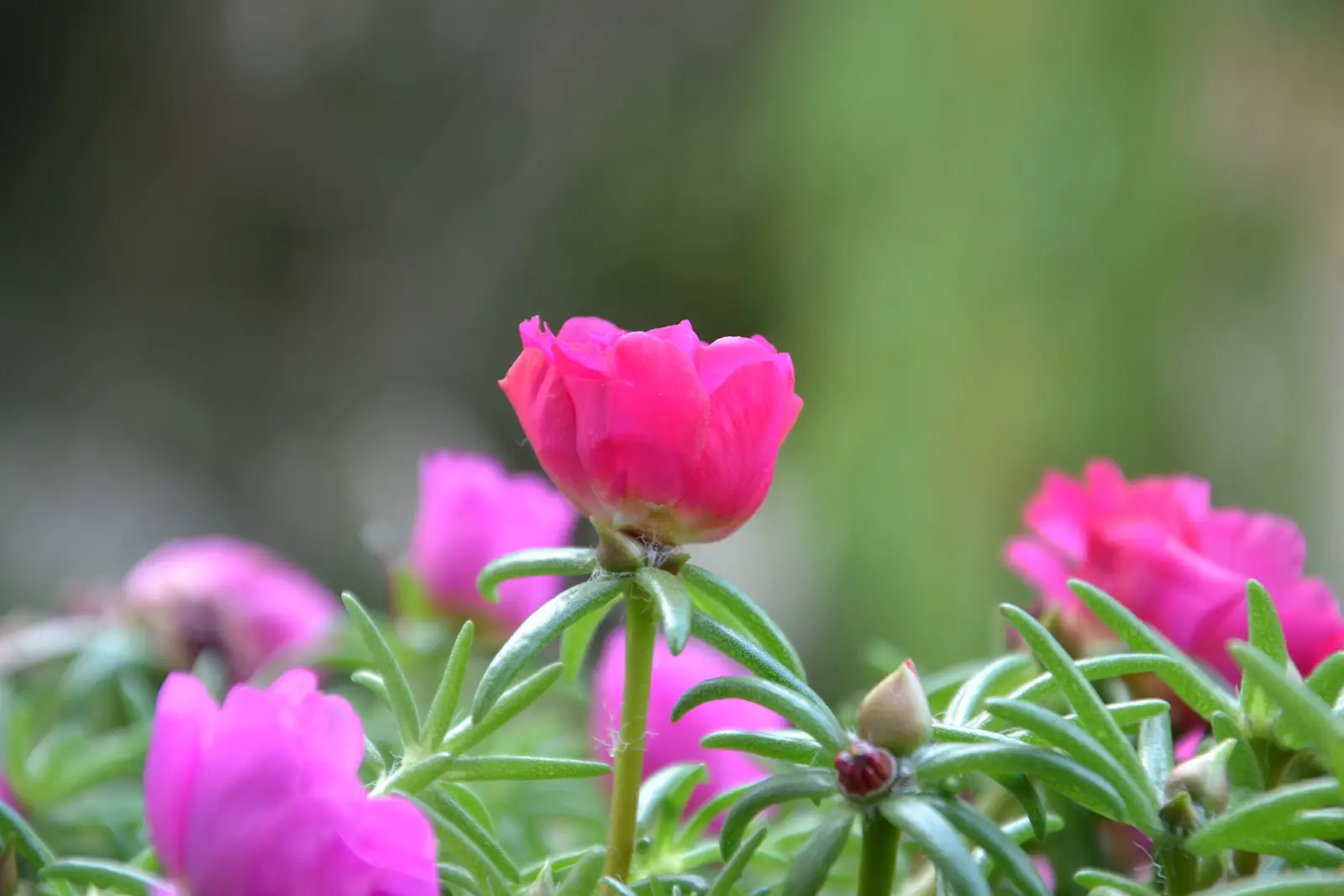Snowball Bush Viburnum, with its stunning spherical flower heads that resemble snowballs, creates a showy display in spring. These large blooms start out as pink-tinted buds and gradually change to pure white, living up to their snowball-like name. The plant belongs to the Viburnum genus, which includes more than 150 species, each with its unique characteristics.
One of the best-loved types of Snowball Bush Viburnum is Viburnum opulus ‘Roseum,’ often simply referred to as Snowball Bush. This deciduous shrub blooms in the late spring, with flowers giving way to small red berries that attract birds. The lush green leaves also turn an attractive reddish-purple in the fall.
Adding to its appeal, Snowball Bush Viburnum is not only a visual delight but also a versatile plant. It is equally at home in a formal garden setting or a casual landscape design. Whether as a standalone specimen or part of a mixed border, the Snowball Bush Viburnum brings grace and charm to any garden.
| Common Names | Snowball Bush, European Snowball Bush, Guelder Rose |
|---|---|
| Botanical Name | Viburnum opulus ‘Roseum’ |
| Family | Adoxaceae |
| Plant Type | Deciduous Shrub |
| Mature Size | 10-15 ft tall, 10-15 ft wide |
| Sun Exposure | Full Sun to Partial Shade |
| Soil Type | Well-drained, loamy |
| Hardiness Zones | 3-8 |
| Native Area | Europe, Northern Asia |
Snowball Bush Viburnum Care
Caring for Snowball Bush Viburnum is relatively straightforward. It’s a hardy shrub that doesn’t require extensive maintenance. It performs well in a variety of soil types, as long as the ground is well-drained.
The plant is remarkably resilient, withstanding both cold winters and hot summers. Regular pruning after flowering can keep the plant healthy and enhance its shape, while a balanced fertilizer can provide additional nutrients if grown in poor soil.
Light Requirement for Snowball Bush Viburnum
Snowball Bush Viburnum thrives in full sun to partial shade. Too much shade can reduce flowering, so make sure it receives ample sunlight for optimal bloom production.
Soil Requirements for Snowball Bush Viburnum
It prefers well-drained, loamy soil but can tolerate a variety of soil types, including clay. Adding organic matter can improve soil conditions if needed.
Water Requirements for Snowball Bush Viburnum
Watering should be regular, especially in the first few years of growth. Once established, Snowball Bush Viburnum is somewhat drought tolerant, though consistent watering promotes healthy growth.
Temperature and Humidity
Snowball Bush Viburnum is hardy and can withstand cold winters, but extreme heat may cause stress. In hotter climates, some afternoon shade is beneficial.
Fertilizer
A slow-release, balanced fertilizer applied in early spring can boost growth, especially if the soil is less than ideal.
Pruning Snowball Bush Viburnum
Pruning right after flowering helps maintain shape and encourage new growth. Remove dead or weak branches to improve air circulation.
Propagating Snowball Bush Viburnum
Propagation can be done through softwood cuttings in early summer. Rooting hormone and a moist growing medium can help ensure success.
How To Grow Snowball Bush Viburnum From Seed
Growing Snowball Bush Viburnum from seed is more challenging and less common. Seeds need to be stratified and sown in well-prepared soil. Germination can be slow and inconsistent.
Common Pests & Plant Diseases
Aphids
Aphids can be a problem but are generally controlled with insecticidal soap or neem oil.
Powdery Mildew
A common disease but usually not severe. Good air circulation and proper watering can prevent it.
Common Problems With Snowball Bush Viburnum
Lack of Flowers
This could be due to insufficient sunlight or improper pruning. Ensure proper light and prune only after flowering.
Yellowing Leaves
Often a sign of overwatering or poor drainage. Adjust watering and ensure soil is well-drained.
Pro Tips
- Plant in a location where its size and beautiful blooms can be fully appreciated.
- Snowball Bush Viburnum pairs well with spring bulbs and other flowering shrubs.
- Avoid planting in the deepest shade to ensure prolific flowering.




